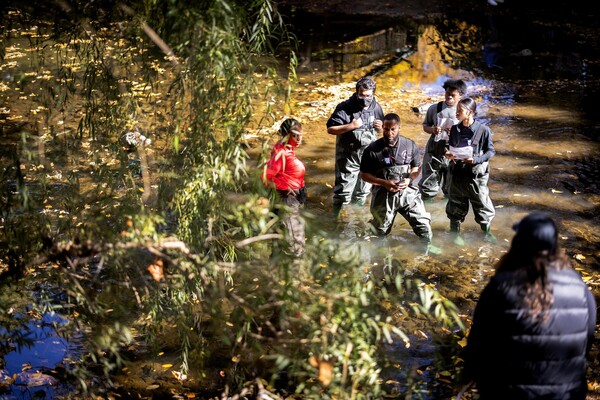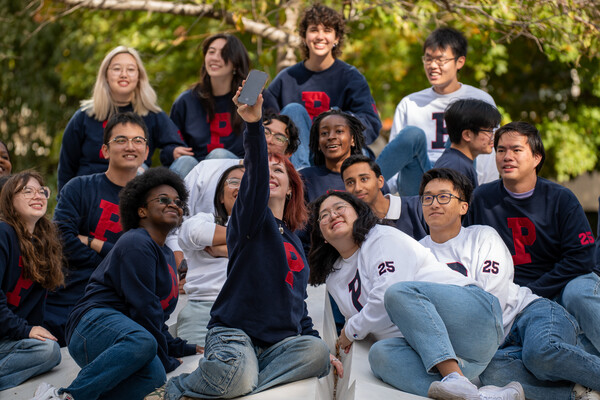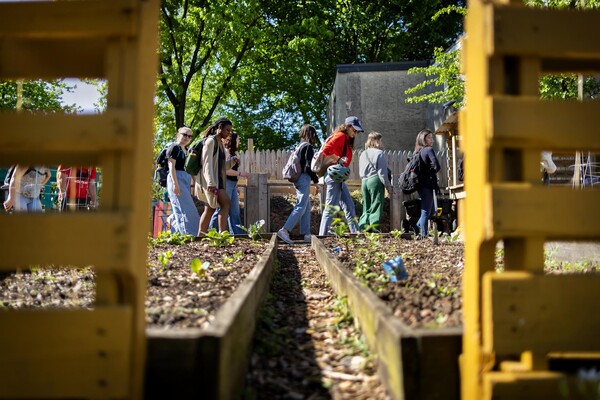Movable Feast: The pen and the platter
Ask Benny: The great Schuylkill donut-smell mystery
Out and About: A fluid history
For The Record: Senior silhouettes
Movable Feast: The pen and the platterWe at the Current have been doing this column for a few months now, long enough to find out that writing about food is hardly a piece of cake. When we heard that Penn Writing Fellow Thomas Devaney was teaching an undergraduate course on food writing, through the Critical Writing Program, we figured it was time to talk to this expert in culinary composition.
Though his course is about “the enjoyment of food, the pleasure of food, describing food,” Devaney makes it clear that it’s really about making his students more “effective” writers. By writing about mangoes or yogurt or Coca Cola, his students are picking up more general prose skills—how to be smart and convincing about their subject matter, how to describe more precisely, how to weave in surprises and fresh analogies, how to construct a compelling story.
Devaney gave his students as many different “food experiences” as he could, taking them to dinner with Inquirer food columnist Rick Nichols at the Restaurant School, bringing them Five Star chocolate bars along with a chapter on them from Steve Almond’s book “Candyfreak,” even taking them to La Terrasse to eat tiny hors d’oeuvres with chopsticks after reading a passage by Roland Barthes.
One day, running to class, Devaney was assailed by the heavy scent of Concord grapes. He bought two bunches from the fruit stand and took them to class, giving everybody a handful. He had his students look at them, smell them, taste them and describe them, and the class discovered for itself, says Devaney, why Concord grapes are mostly made into grape juice, jelly or preserves. “The first taste is a burst of over-the-top sweetness, almost a clichéd version of a grape. By the second or third taste it changes and it’s very sour.”
By asking his students to give him a moment-to-moment description of their “food journey” he forced them to slow down, savor the experience and tease apart the complex sensations of eating the grape.
Food writing, of course, is often about more than just food. M.F.K. Fisher wrote about love, children, home and loneliness through the prism of food. One of Devaney’s students wrote an essay about lemons and lemonade that, he says, was really a touching story about her and her mother.
The best food writers, says Devaney—who include A.J. Liebling, Ruth Reichl and Calvin Trillin on his list—also have a sense of drama that keeps the narrative on the move. In his class, Devaney urges his students to focus on the “number one thing that leaps out at them,” whether it’s a back story about the chef or a great aroma.
Devaney, who’s married to Drexel’s culinary arts librarian, finds that food frequently figures in his own writing. “I’m a poet and a writer and I love food … that’s a great combo.”







